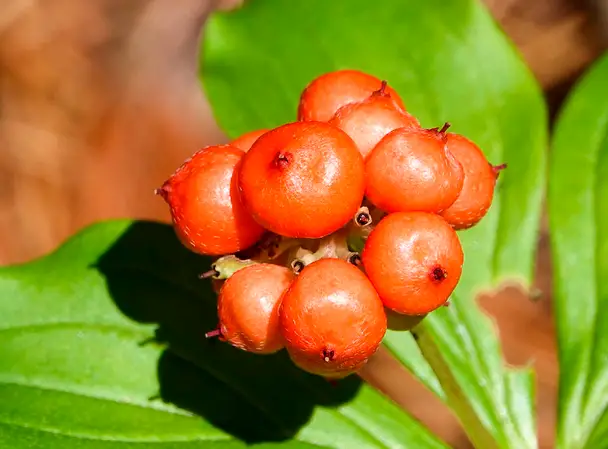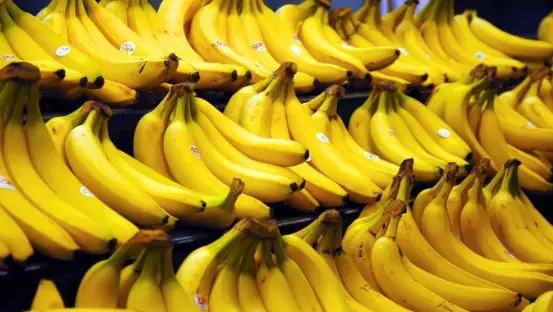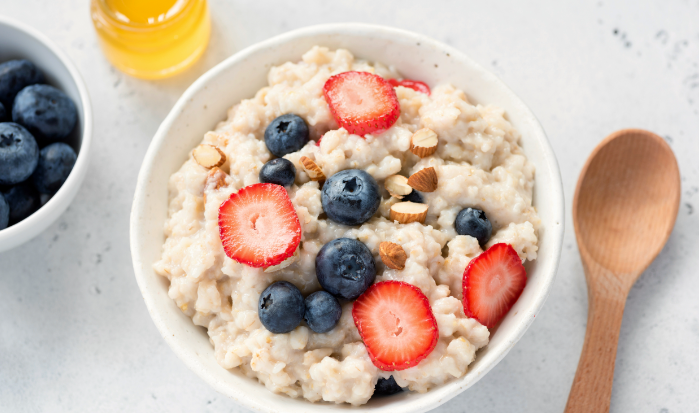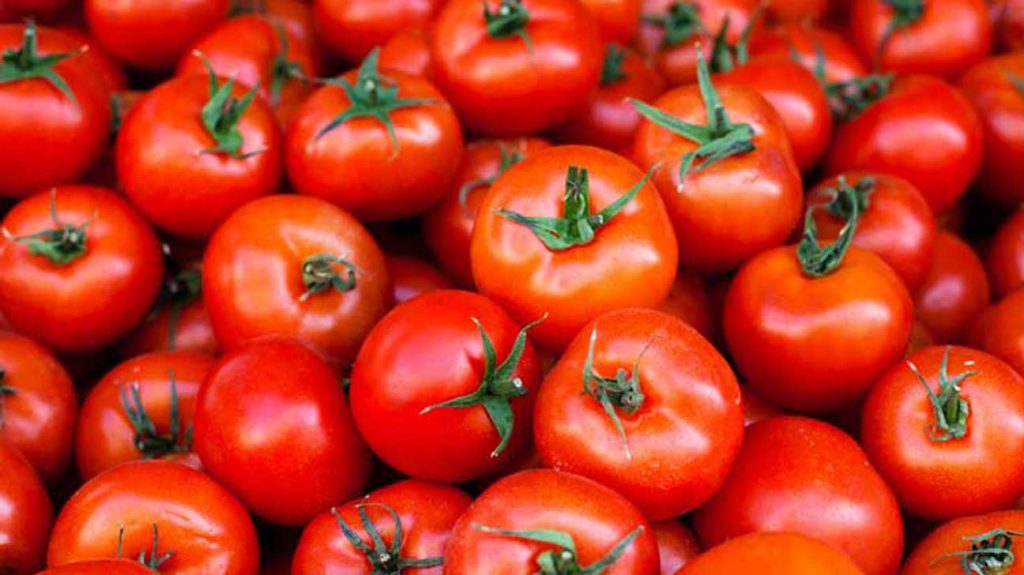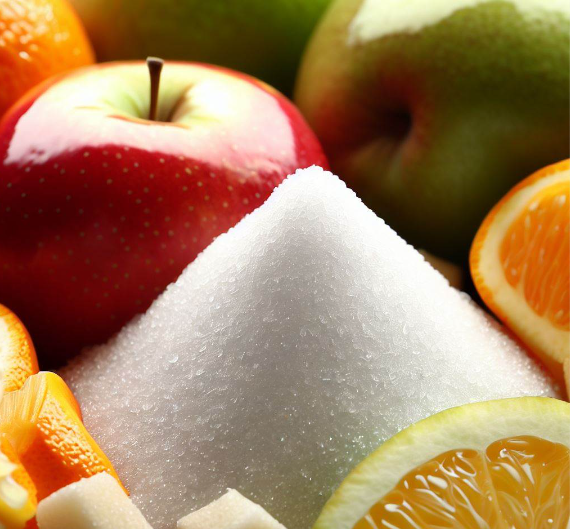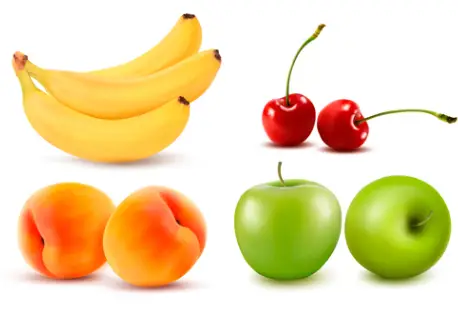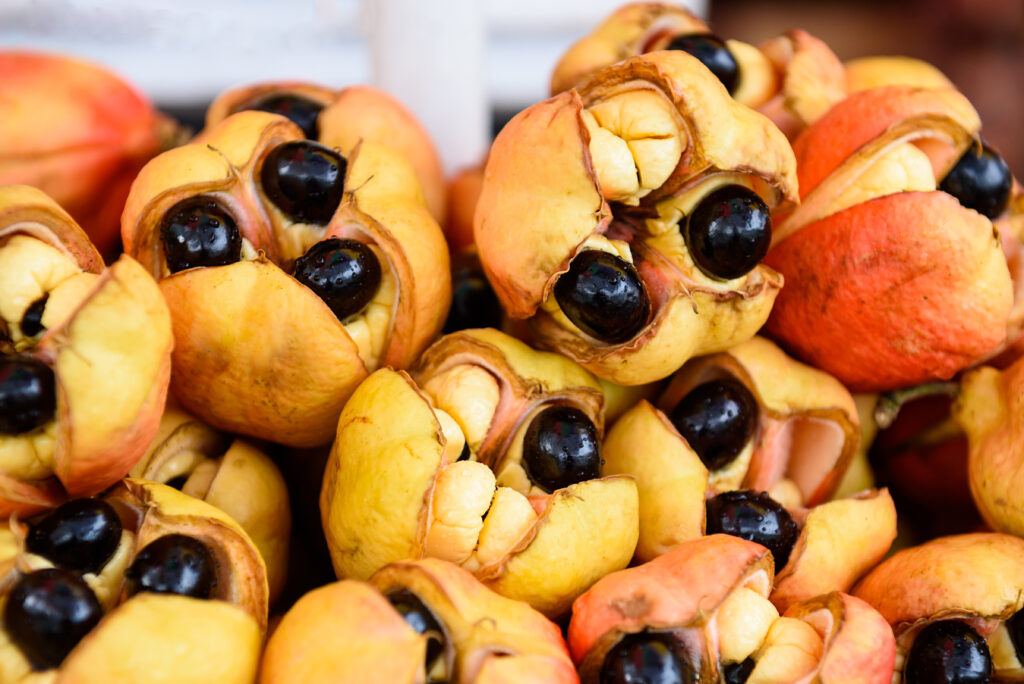Fruits are often a key part of our meals and provide us with important nutrients. A fascinating question to consider is whether fruits are considered living or nonliving. In this detailed explanation, we will look at the features of living things and what fruits are like to help us understand if fruits are alive or not.
Table of Contents
- Do Fruits Consist of Living Cells?
- What Are the Signs of Life?
- 1. Use Energy
- 2. Grow and Develop
- 3. React to Things Around Them
- 4. Make More of Their Kind
- 5. Keep a Stable Inside Environment
- 6. Change and Adapt Over Time
- Where Do Fruits Come From and What Are They For?
- 1. What Fruits Are Made Of
- 2. How Fruits Come to Be
- 3. The Job of Fruits
- 4. The Fruit’s Life Story
- Considering Whether Fruits are Living
- 1. Can Fruits Grow and Change?
- 2. Do Fruits Keep a Steady Inner Environment?
- 3. Do Fruits Respond to What’s Around Them?
- 4. Can Fruits Make Baby Fruits?
- 5. Do Fruits Eat and Burn Energy?
- 6. Do Fruits Change and Get Used to New Places?
- How Long Do Fruits Last After They’re Picked?
- Signs That a Fruit Has Died
- Seeds Stay Alive Even After Fruits Die
- The Bottom Line
Do Fruits Consist of Living Cells?
The cells in fruits are called plant cells, and they have parts like cell walls and other complex components. Because fruits have these organized cells, they meet an essential requirement for being alive—they are made of living cells.
Fruits come from the part of the flower known as the ovary. The fertilized ovary grows into a fruit that has seeds inside. If you think about it scientifically, a fruit with seeds is like a full-grown plant ovary.
When fruits are taken off the plant they grew on, the cells in the fruit stay alive for some time. These cells are still active and can still breathe and react to what’s happening around them, but they’re not as active as they were before the fruit was picked.
What Are the Signs of Life?
To figure out if fruits are alive, we need to understand what signs show something is alive. Things that are living do biological activities that keep them going and allow them to make more of their kind. Living things:
1. Use Energy
All living beings need energy to stay alive. They take in food to use as energy to grow, fix themselves, and move. Even plants like trees use sunlight to make energy.
2. Grow and Develop
Living things get bigger and change as they get older. Their cells divide, making more cells that help the living thing become fully grown.
In the case of fruits, they start growing after flowers are pollinated. They continue to grow until they can protect the seeds they carry and help spread them, which keeps the plant species alive.
3. React to Things Around Them
Living things know when their environment changes and can react. This helps them to survive and stay healthy.
Fruits can’t react like animals can, but they still show changes when their environment affects how they grow and become ripe. For instance, some fruits change their color or let out a certain gas when it’s time for them to be eaten.
4. Make More of Their Kind
One of the most important things about living things is that they can have babies that are like them and carry their genes. This is how life continues for any species.
Fruits are a big part of how plants have babies. They hold the seeds that, when spread, can grow into new plants if the conditions are right.
5. Keep a Stable Inside Environment
Living entities regulate what’s happening inside themselves, like temperature and acidity, to keep living. This kind of balance is called homeostasis.
6. Change and Adapt Over Time
Over a very long time, living things change in small ways that help them survive better in their homes. This process is called evolution.
Where Do Fruits Come From and What Are They For?
Having looked at what makes something alive, we can compare fruits to these signs of life to figure out if they are living.
1. What Fruits Are Made Of
A fruit is what we get when a flower’s ovary grows bigger after pollination. It has an outer part that shields the seeds inside. Fruits can be soft like peaches or hard like nuts. Inside the seeds, there’s a tiny plant that will grow into a new plant one day.
2. How Fruits Come to Be
When a plant’s flower is pollinated, it can lead to the creation of fruit. This happens when the fertilized flower grows its ovaries into fruits that have seeds inside. So, a fruit is made from the parts of the flower.
3. The Job of Fruits
Spreading seeds is the main job of fruits. Animals like the taste of sweet fruits and eat them, but they can’t digest the seeds. When they leave the seeds in new places, they help the plant species grow in more areas.
4. The Fruit’s Life Story
Fruits live their own kind of life. They start as flowers that get pollinated, grow into fruits, get ripe, and then either rot away or get eaten, which spreads the seeds. But fruits themselves can’t make more fruits; they depend on the whole plant to do that.
Considering Whether Fruits are Living
Let’s use what we know about life to see how fruits measure up:
1. Can Fruits Grow and Change?
Yes, fruits do grow and change. They start small from the flower’s ovary and get bigger after pollination. The cells in the fruits divide, making the fruit mature. But once fruits are removed from their parent plant, they can’t grow by themselves anymore.
2. Do Fruits Keep a Steady Inner Environment?
No, fruits can’t do that. They don’t have a way to control what’s going on inside them or adjust to new situations. They need other living things like plants or humans to stay in good shape.
3. Do Fruits Respond to What’s Around Them?
Yes, fruits have ways to respond to their environment. Some fruits can tell when they are ripe by changing their color or by making a gas called ethylene.
These responses serve as signals that the fruit is ready to be eaten and that it’s time for the seeds inside to start their journey to becoming new plants.
When fruit is ready to eat, its ripening can also be sped up or slowed down by the temperature and how much light it gets.
It’s worth noting that fruits can only change in simple ways, like getting ripe or turning soft, because they don’t have a nervous system to do anything too complex.
4. Can Fruits Make Baby Fruits?
No, fruits can’t make baby fruits. Fruits come from plants that have been pollinated, and they rely on things like bees or the wind to help with that. Once a fruit has grown from a part of a plant called the ovary, it’s done; it can’t make any more fruits. But fruits have seeds inside, and those seeds can start new plants if they end up in the right place.
5. Do Fruits Eat and Burn Energy?
Fruits don’t eat or burn energy. They can’t break down bits of food or soak up energy from around them. Only things that are alive can do that, which is called metabolism. Fruits grow because they get what they need from the plant they came from, not by eating on their own.
6. Do Fruits Change and Get Used to New Places?
Fruits themselves don’t change or get used to new places because they don’t make babies that can grow up with different traits. However, the plants that fruits come from do change and adapt over time. That’s how we get fruits that are better in some way, like being bigger or tasting sweeter.
How Long Do Fruits Last After They’re Picked?
Fruits can live for a while after they’re picked, but how long they last depends on what kind of fruit it is:
- Berries – 1-2 weeks
- Citrus fruits – 2-4 weeks
- Melons – 1-3 weeks
- Pome fruits like apples – 2-3 months
- Stone fruits like peaches – 2-4 weeks
- Tropical fruits – 1-4 weeks
If you keep fruits in the right conditions, like the proper cool and dry place, they can stay fresh longer. That’s because these conditions slow down the process of the fruit getting old and breathing out its energy.
What makes a fruit die? A few things happen inside the fruit:
- The fruit uses up its stored energy since it can’t make more without sunlight.
- The skin and inside parts of the fruit start to break down, causing juice to leak out.
- Without the parent plant, the fruit starts to lose nutrients.
- Poisons build up because the fruit can’t get rid of them.
- The fruit’s own chemicals make it ripe, which also means it gets closer to dying.
When the fruit has no more energy left, and it’s been harmed too much inside, it dies.
Signs That a Fruit Has Died
Depending on the fruit and how it’s been stored, it will show that it’s no longer alive in these ways: kind of fruit, storage, and environmental factors. But no matter what, there are common things that happen when fruits are about to die:
- It gets wrinkly and shrinks because it loses water.
- It feels soft or squishy because the structure inside breaks down.
- It gets brown spots or other color changes from the chemicals inside working different.
- Mold or other germs start to grow on it.
- It smells like it’s fermenting, which is a kind of rotting.
- It falls apart and gets really juicy as everything inside falls apart.
The exact timing of these changes depends on a few things like what type of fruit it is, how ripe it was when picked, the temperature, how wet or dry it is, and how many germs are on it. But all fruits end up dying in the same basic ways.
Seeds Stay Alive Even After Fruits Die
Even though the fruit itself eventually stops showing signs of life, the seeds inside can live and start growing into new plants later. If the seeds are kept dry, cool, and away from bugs, they can stay asleep and alive for a long time.
The shell of the seed or the leftover parts of the fruit help them last longer, keeping air and germs away. When seeds get the right signal like water, warmth, light, or air, they wake up and start growing. They use the food they have saved up to help them start growing again and come out of the sleep stage.
This means that even when the fruit is gone, it has done its job by carrying and protecting the seeds that can go on to make new plants. Fruits help spread the seeds around so the plant family can keep going.
The Bottom Line
From a plant’s point of view, fruits are basically a case for seeds, with the job of spreading them around. When we pick fruits and they’re not on their plant anymore, they keep living and doing important life stuff for a bit.
Fruits keep breathing, stay in good shape inside, react to what’s going on around them, and get ripe by growing and changing little by little. But since they no longer have their plant to give them what they need, fruits will eventually run out of what keeps them going and break down. Although they don’t last forever, fruits can keep alive long enough to get their seeds to new places, which helps make sure their plant species keeps on growing through new generations.
“`